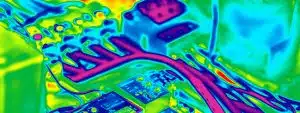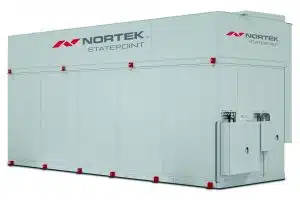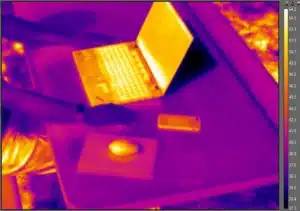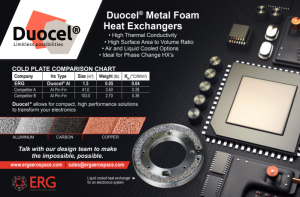Introduction Effective cooling is essential for CPUs, as they generate significant heat during operation while being very temperature sensitive. Improved cooling allows for maintaining the functionality of high-performance computer hardware. In this article, we demonstrate a unique approach to improving the cooling of high-performance components by combining thermal and … [Read more...]
Digital Edge Specifies Nortek’s StatePoint® Liquid Cooling Technology for Upcoming Philippines Data Center
Digital Edge (Singapore) Holdings Pte. Ltd., (“Digital Edge”), a leading Asian data center developer and operator, leverages StatePoint® liquid cooling technology manufactured by Nortek Data Center Cooling™, Oklahoma City, for its Manila, Philippines, colocation data center. Using the patented StatePoint technology - an industry-leading sustainable cooling solution for … [Read more...]
Mechanical Cycling Reliability Testing of TIMs Developed Specifically for Semiconductor Test
KEYWORDS Thermal Resistance | Thermal Interface | Semiconductor Test | Durability | Cycling | Device Under Test NOMENCLATURE DUT Device Under Test OSAT Out-Sourced Assembly and Test Rth Thermal Resistance S/TB Semiconductor Test and Burn-In TIM Thermal Interface Material ABSTRACT Many thousands of thermal interface materials (TIMs) exist due to the very wide … [Read more...]
Duocel® Metal Foam Heat Exchangers
Introduction As power-component technology advances and smaller packaging is required, thermal-management issues threaten to limit the performance of devices. As power dissipation rises, the inability to cool them may force designers to de-rate the devices’ performance by reducing current or switching speed and/or employing higher-voltage devices that are less efficient and … [Read more...]
Increased System Performance in Mobile Electronics Using High Performance Insulation-Graphite Composites
ABSTRACT Graphite foils with ultra-high spreading capacity and insulation sheets with ultra-low thermal conductivity were combined in a thermally stressed Google Pixel 3XL (Pixel) to significantly increase steady-state system performance, while maintaining safe device touch (skin) temperatures (TS ), as compared to the out-of-the-box device configuration. Four unique thermal … [Read more...]
- « Previous Page
- 1
- …
- 3
- 4
- 5
- 6
- 7
- …
- 126
- Next Page »










